
Vignettes
Sean Scherer of Kabinett & Kammer shares secrets from his new book for creating vignettes!
Your home is your sanctuary, the place where you can be yourself and give free rein to your self-expression. Indeed, a fundamental principle of interior design is that the best rooms reflect the personality of those who live there. And it is often the small items that best set the tone.
Groupings of such objects—on surfaces from coffee tables to dresser tops to mantels, shelves, and walls—are called vignettes, and talk of vignettes is now everywhere, from décor magazines to home-renovation and real-estate TV shows to Instagram and Pinterest. Everyone extols the value of these compositions of art and objects; they’re often described as interior design tricks to give a home that magazine-worthy look. But a great vignette embodies so much more meaning and history. Before vignettes became all the rage, there was the still life. Artists have been selecting and arranging things to paint for centuries. Among the earliest examples are still-life paintings adorning the walls of Egyptian tombs, and similar still lifes were discovered on the walls and in the floor mosaics of unearthed villas at Pompeii and Herculaneum. In his new book Sean Scherer's Vignettes, Sean shares his secrets for composing vignettes of favorite objects, showing creative ways to incorporate both cherished possessions and flea market finds.
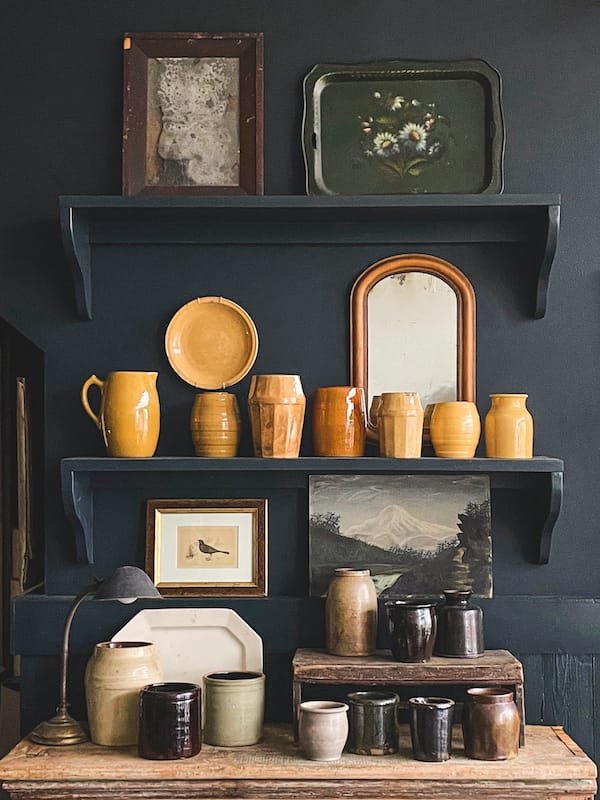
It’s human nature to pick and collect, and early archaeological records provide evidence that our obsession with objects is universal. So it makes sense that we are all attracted to beautiful things, whether a souvenir brought back from a vacation or that coveted item your grandma had in a display case. There is hardly anything we do not collect. If it was made in multiples, we can’t help but gather our favorite examples and display them with pride. Pottery, glassware, books, boxes, stools, seashells, dishware, paintings: we collect it all.
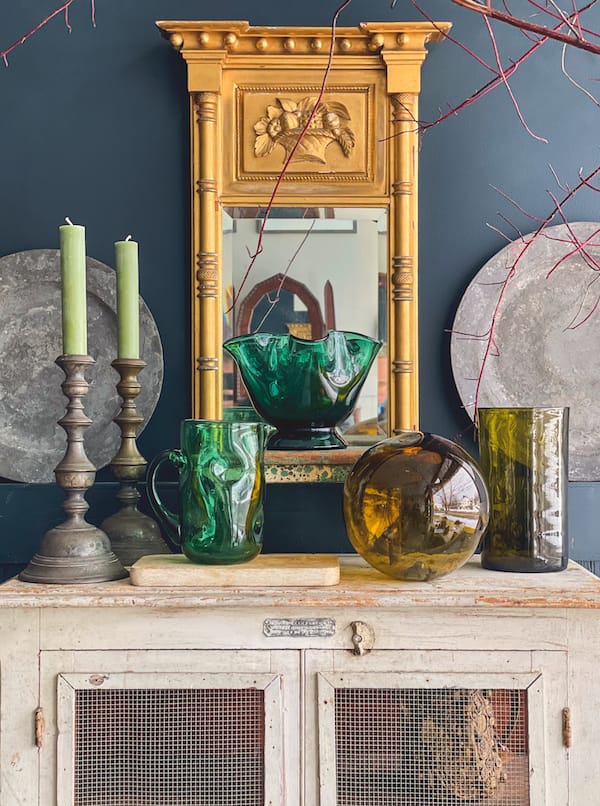
THE MORE THE MERRIER: Mix it up and feel free to color outside the lines. Art knows no boundaries and neither should vignettes. Everything including the kitchen sink, can be an element in a fun and impactful display. When grouping items, juxtapose different shapes, textures, and/or colors: flat next to sculptural, shiny next to matte, rough next to smooth, and ornate next to streamlined. Opposites attract and, when artfully combined, form dynamic compositions.
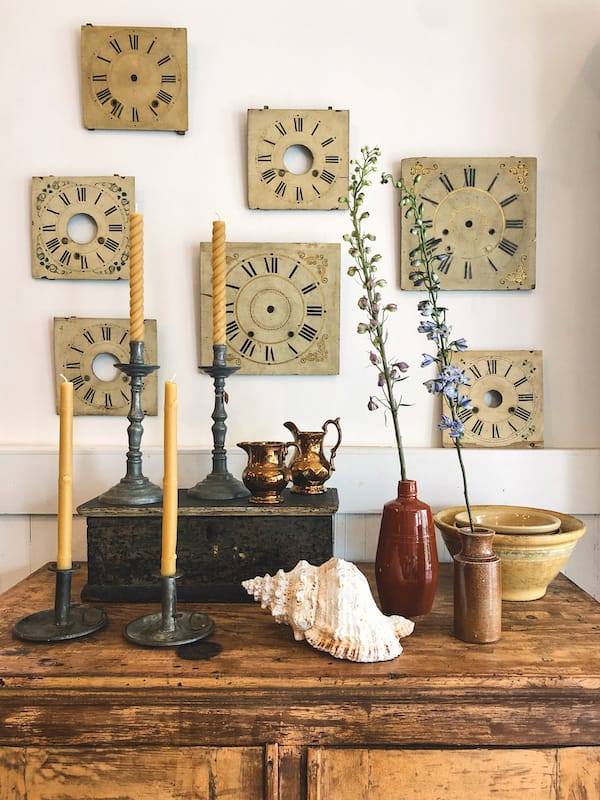
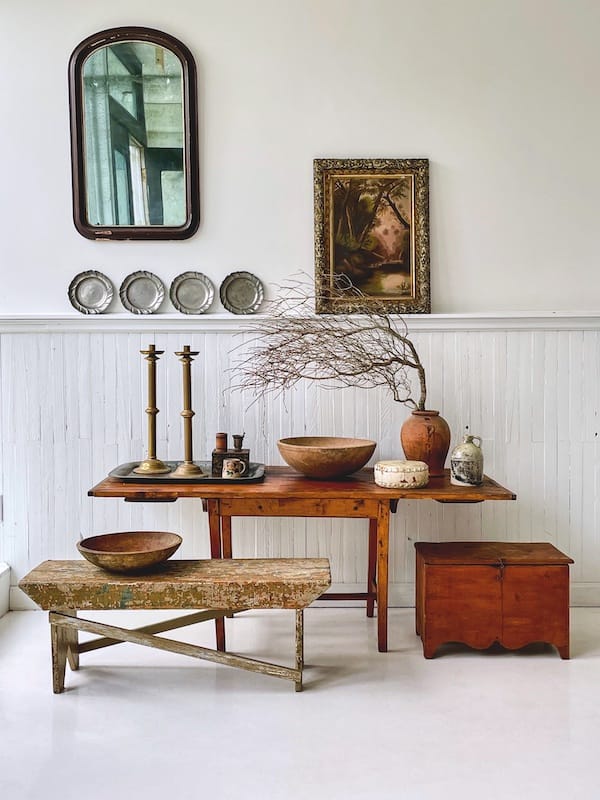
REPETITION OF FORM: As the saying goes, if one is good, then two or more are better. Above all, multiples can be soothing. Even a carton of eggs can delight. We can’t help but love seeing more than one of an item. It’s the psychology of abundance: you’re less likely to buy an apple if there are only a few left in the bin. But if the bin is overflowing, you’re more apt to take home a bagful. The same is true of collections. A single item can seem lonely, but a bunch becomes a statement. Grouping similar objects in threes and fives is always aesthetically pleasing, as is a collection of items of the same type but by different makers.
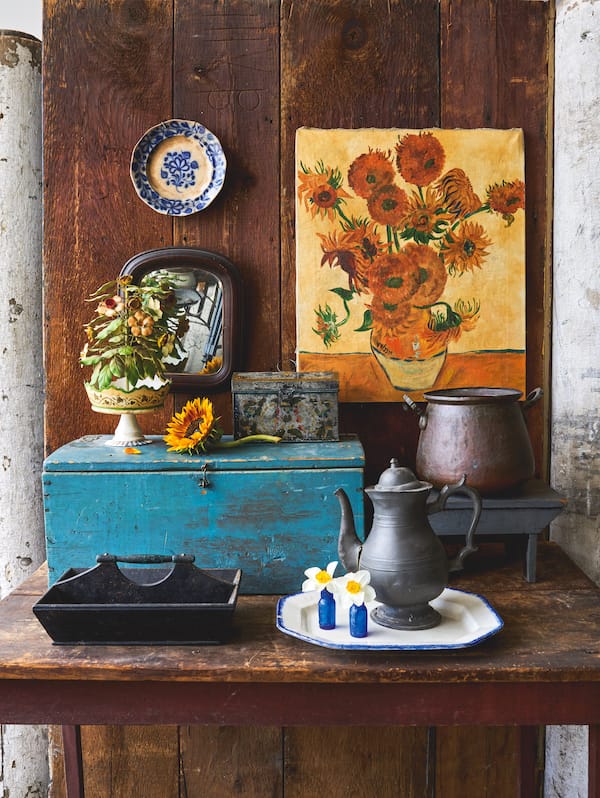
Harmony in art and vignettes—is achieved when similar or different elements combine to create a unified whole. There cannot be either too many of one thing or total mayhem; rather, it entails finding the perfect balance between variation and disorder. Collections of the same type of objects are an obvious choice for composing vignettes with visual synergy, but sometimes, what creates harmony among either similar or different elements is a repeated motif or color.
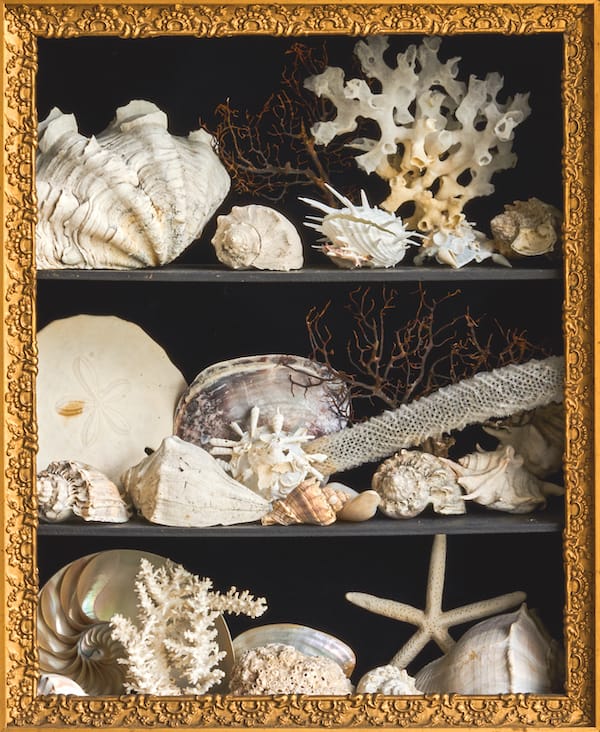
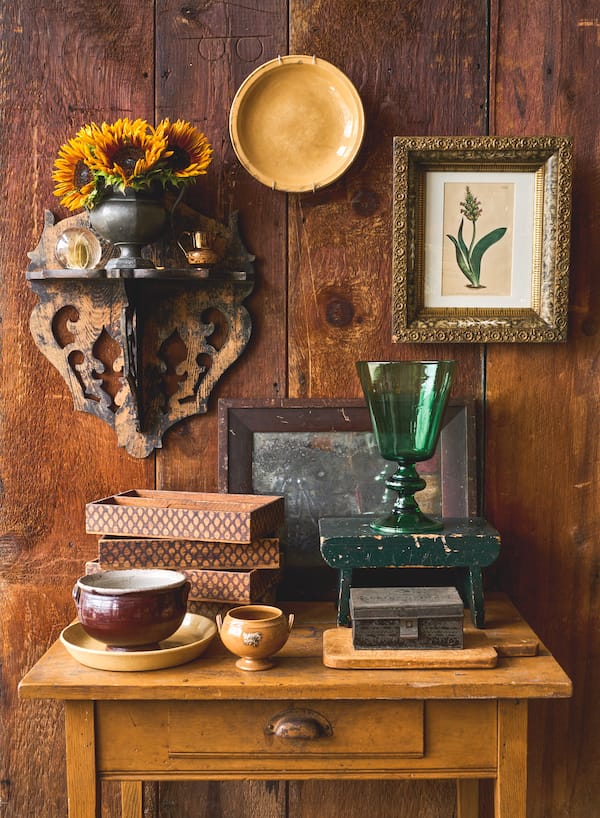
FLORA & FAUNA: We have an instinctual urge to bring nature into our homes, whether seashells or rock specimens or flowers. Nature is soothing and comforting, so incorporating all manner of flora and fauna into vignettes makes perfect sense.
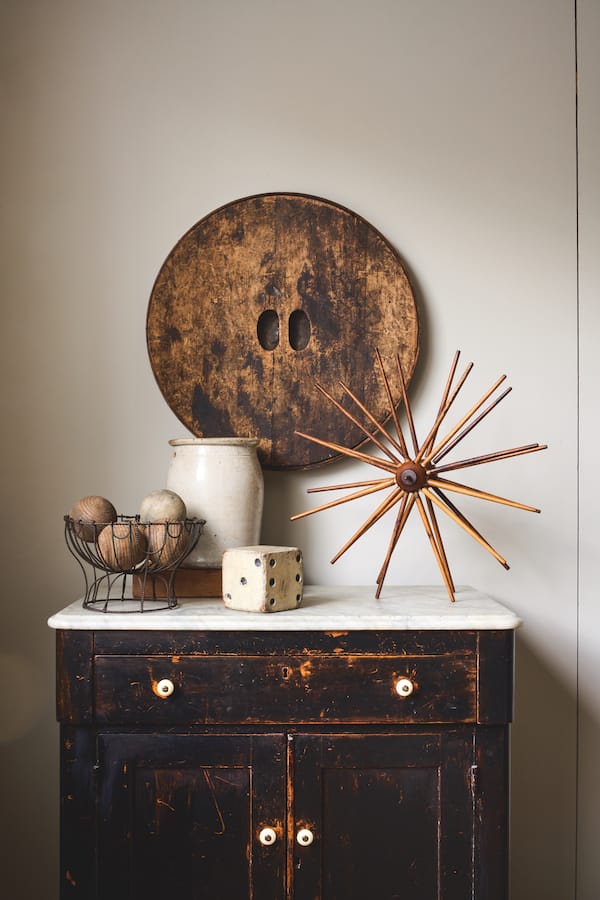
THE APPLIED ARTS: Applied art involves designing and decorating everyday objects and utilitarian spaces. It is often considered the poor cousin of the fine arts, but that does not have to be the case. Why not make art out of the everyday? Our most-used rooms should be lively and fun. Hallways, stairwells, kitchens, pan- tries, bathrooms, and interior spaces like cupboards all deserve to shine—and are perfect places to create vignettes.
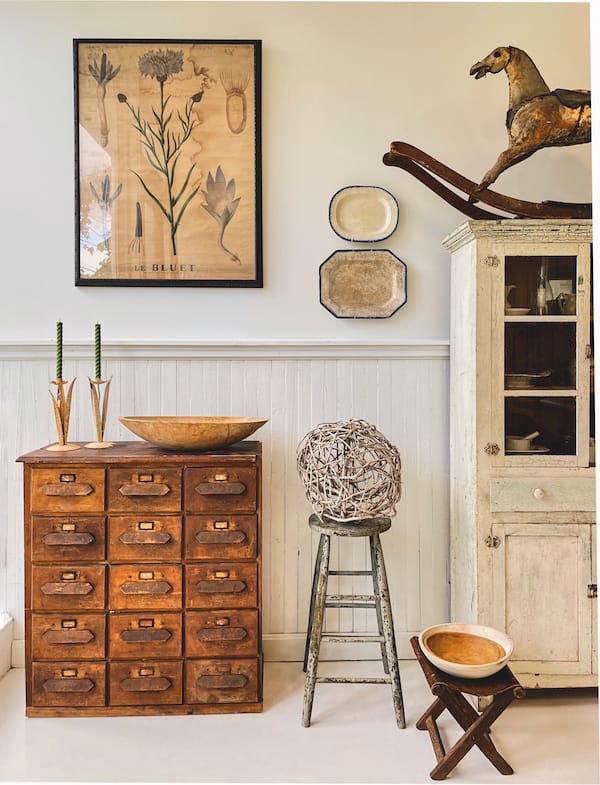
PARE IT DOWN: A vignette going minimal doesn’t mean “less is a bore.” It’s all about finding a balance between paring down and appearing complete. So many minimal interiors feel as if someone stopped halfway through. The same is true of pared-down vignettes; they should not consist merely of a few pretentious objects; rather, they should feel casual, organic, and intentional.
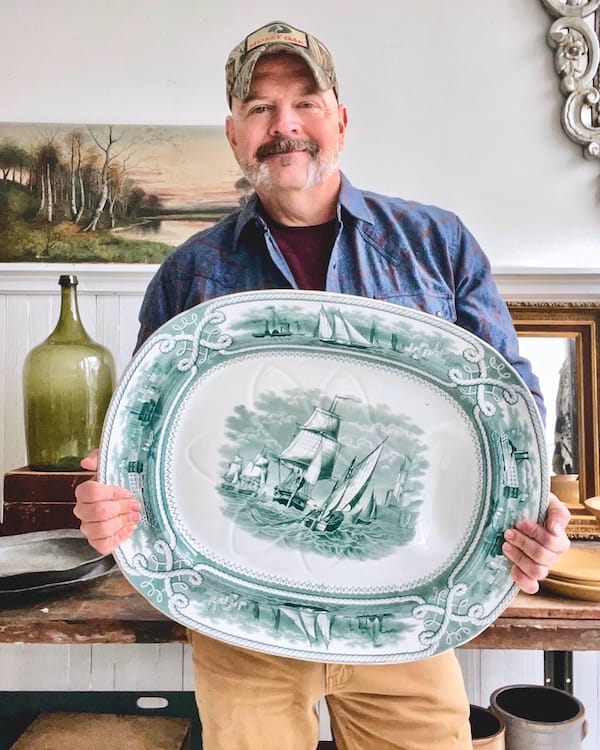
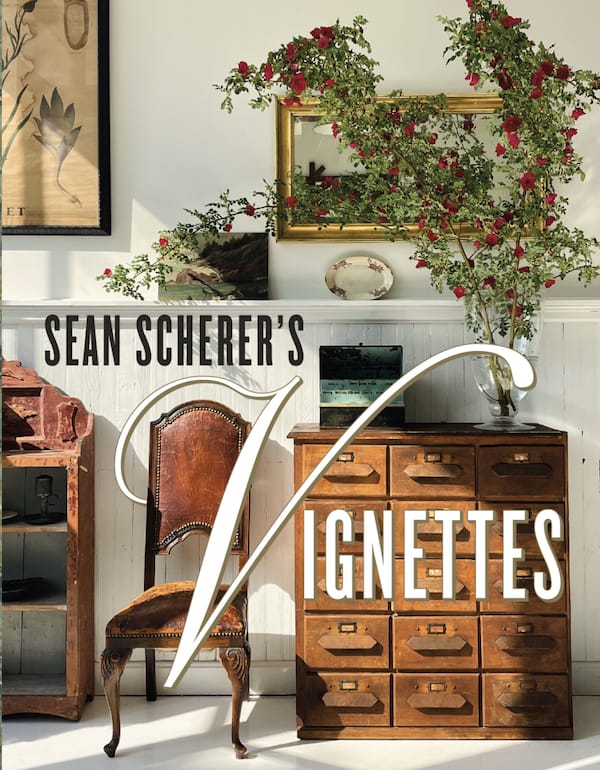
ABOVE LEFT: Designer, collector, and proprietor of the contemporary curiosity shop Kabinett & Kammer, Sean Scherer shares his secrets for composing vignettes of favorite objects, showing creative ways to incorporate both cherished possessions and flea-market finds. ABOVE RIGHT: Find rich images and inspiring vignettes in Sean Scherer's Vignettes: (Vendome Press, April 2024).
PHOTOS Sean Scherer
WORDS Sean Scherer
RESOURCES More about Sean's shop, Kabinett & Kammer here. Find his book, Vignettes here. Follow Sean on Instagram!
